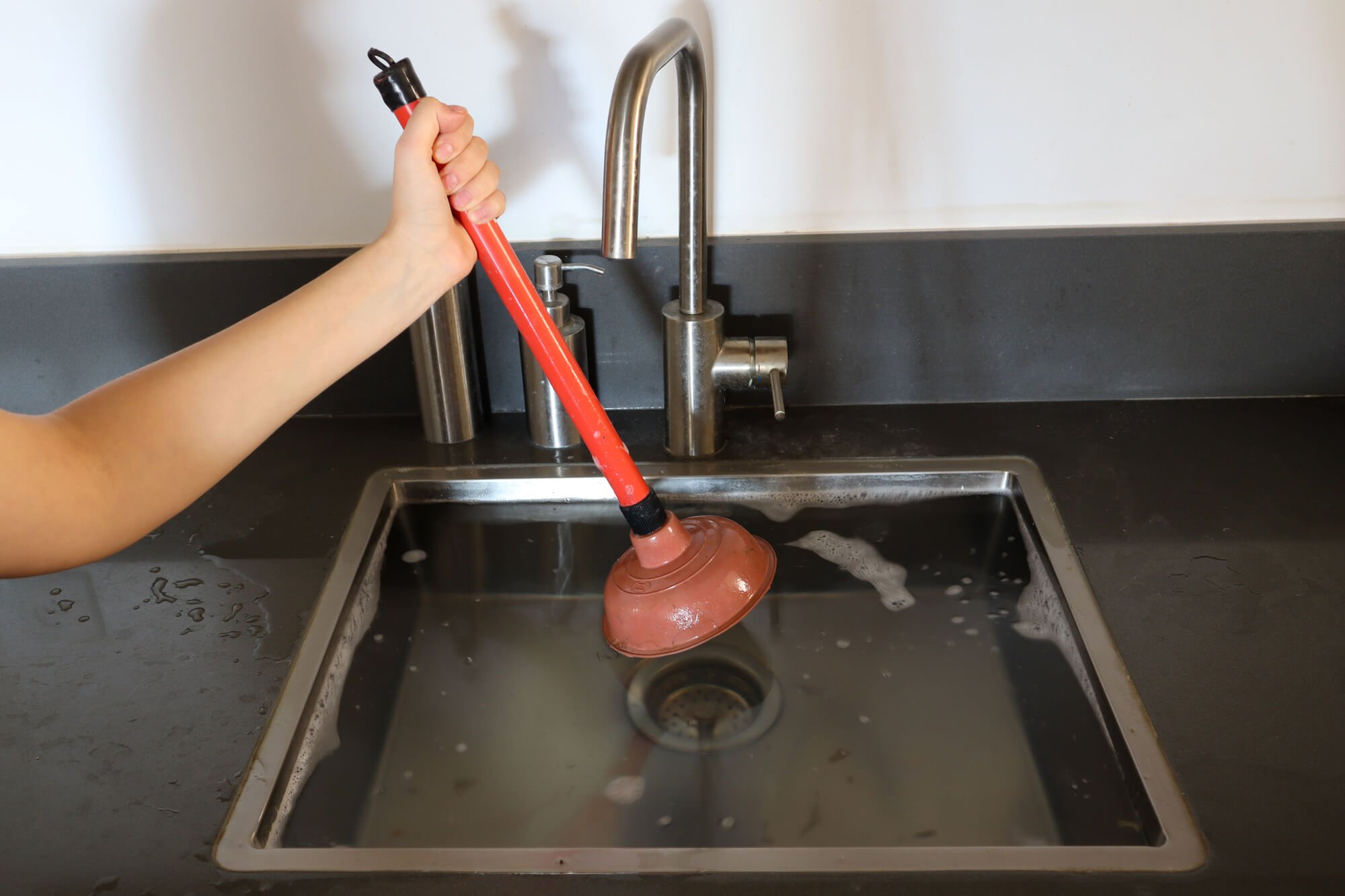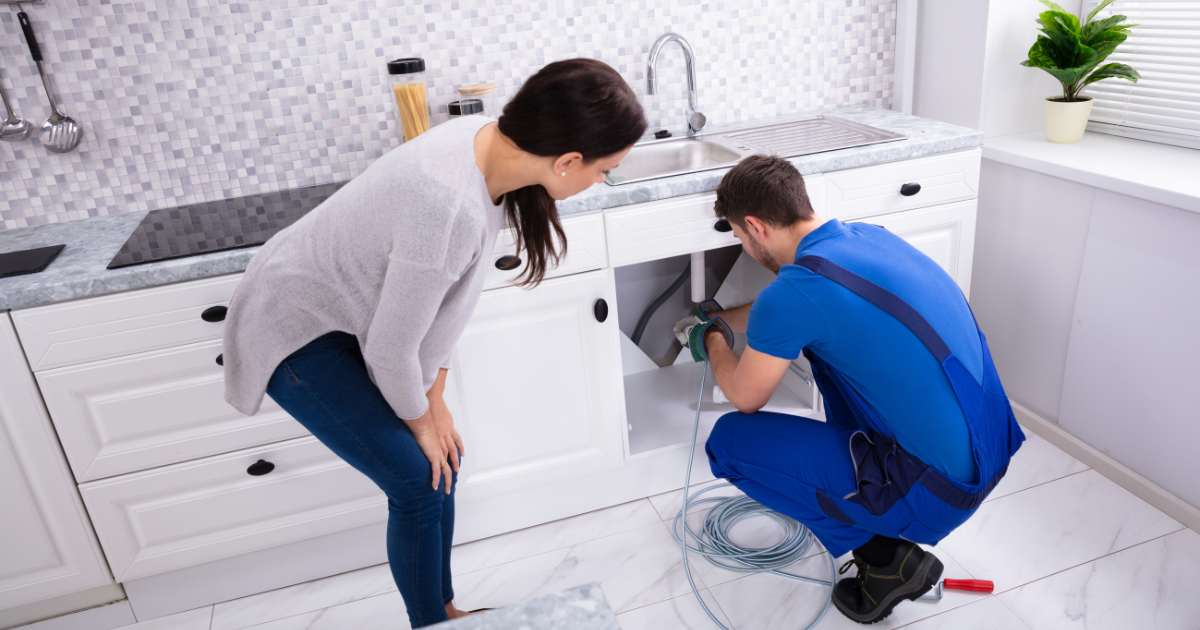Approaches for Addressing a Blocked Drain Prior to Seeking Professional Assistance
Approaches for Addressing a Blocked Drain Prior to Seeking Professional Assistance
Blog Article
What're your thoughts with regards to What I learned from trying to deal with a clogged drain?

Introduction
Handling a blocked drainpipe can be a frustrating experience, interrupting day-to-day activities and possibly causing damage to your residential property. However, before reaching out to plumbing professionals, there are steps you can require to deal with the issue on your own. In this guide, we'll check out DIY remedies and safety nets to deal with a blocked drain properly.
Identifying the Issue
The primary step in resolving an obstructed drainpipe is recognizing the indicators. Sluggish drainage, gurgling audios, foul odors rising from drains, or water support up prevail indications of a blocked drainpipe. Recognizing these indications early can aid avoid further difficulties.
Common Reasons For Blocked Drainpipes
Recognizing the aspects that add to drain clogs is important for effective resolution. Usual wrongdoers consist of hair, soap scum, grease, food debris, and international things like sanitary items or paper towels. Tree origins invading below ground pipelines can likewise trigger significant blockages.
DIY Solutions
For minor obstructions, numerous do it yourself services can be efficient. Putting boiling thin down the drainpipe can help liquify oil and particles. Sodium bicarbonate and vinegar or a combination of salt and cooking soda can serve as natural cleansers. Utilizing a bettor or plumbing snake to displace blockages is another option.
Devices and Devices
Having the right devices handy can make DIY drain cleaning more reliable. A plunger is a versatile device for removing blockages in sinks, toilets, and showers. A pipes snake or auger can get to much deeper blockages, while drain cleansing chemicals can be made use of cautiously for persistent clogs.
Preventive Measures
To stay clear of future blockages, embracing safety nets is essential. Set up drainpipe guards or filters to capture hair and debris before they go into the pipes. Regularly flush drains with hot water to dissolve oil buildup, and avoid throwing away oil or strong waste away.
When to Call a Specialist
While do it yourself options can deal with minor blockages, certain indicators show the demand for expert support. Persistent blockages, foul odors regardless of cleaning initiatives, or several drains supporting concurrently are red flags that necessitate skilled intervention.
Picking the Right Pipes Service
When picking a plumbing solution, think about variables such as experience, licensing, and client testimonials. Select a credible plumbing professional with a record of high quality craftsmanship and clear rates methods.
Expense Factors to consider
The cost of specialist drain cleaning company can vary depending upon the intensity of the obstruction and the plumbing's prices. Demand quotes from numerous companies and ask about any type of added fees to make certain openness and stay clear of surprises.
Security Precautions
When attempting do it yourself drainpipe cleaning, prioritize safety. Put on safety gloves and glasses to prevent contact with damaging chemicals or bacteria. Never ever mix different drainpipe cleaning items, as this can create dangerous fumes.
Situation Researches
Real-life instances illustrate the effectiveness of DIY options and the value of prompt specialist treatment in dealing with drain blockages.
Conclusion
By following the tips outlined in this guide, you can effectively take on obstructed drains and avoid future plumbing issues. Whether opting for do it yourself options or seeking professional aid, timely action is vital to preserving a healthy pipes system and protecting the integrity of your home.
How to Clear a Clogged Drain Yourself (And When to Call In the Professionals)
What Can Clog a Drain
Dirt Skin flakes Hair Grease Soap scum Food Offset pipes Tree roots Small objects Mineral buildup DIY Tricks to Unclog a Drain
You can fix this! Once you have identified the source of the clog (or have a vague idea), you can try one or a combination of these fixes in order to clear your plumbing.
Wire Hanger or Snake
Untangle and clear out hair from a drainpipe with a homemade snake. Use a straightened-out wire hanger with a 90-degree angle hook to locate the clog and drag out any unwanted material.
Remember not to push the clog further down to where the wire hanger cannot reach! If you need to follow up with a plunger, give it a try. Your efforts might be more successful after it’s been wire-snaked.
If you want to get fancy and don’t have a wire hanger to spare, head to the store and pick up a hand-operated drain snake. You can get one for $10-$30. It may save you the hassle, and provide additional length to reach deep into the clogged pipe.
Plunger
A cup plunger has a suction cup attached to a wooden handle. The rubber creates a seal around the drain, and increases the pressure force of the plunger.
Plunge for 30-second increments to loosen the clog. This may need to be repeated over the course of 15-20 minutes. Once plunged, run the water to flush the remaining material out of the drain.
Remember– never use a plunger if you have used a chemical drain cleaner. These chemicals can splash up from the force of the plunger and cause serious injury or burns.
Boiling Water
Hot water can sometimes break up materials into a flushable amount. Dirt, grease, and soap buildup requires heat in order to unstick from surfaces.
Take your kitchen kettle and heat your water to a boil. Once it reaches a rolling boil, pour it directly down the drain into the blockage. Carefully follow with plunging, if necessary.
Don’t worry if this takes more than one try! It can often take multiple kettles and repeated plunging in order to clear a particularly stubborn clog.
Chemical Drain Cleaner
As a last resort, pick up a bottle of chemical drain cleaner. Drain-cleaning chemicals are potent, and not very good for the environment.
You may need to wear protective eyewear in gloves before handling your bottle of chemical drain cleaner. Follow the instructions printed on the bottle, and flush with water as soon as the instructions allow. Do not follow with plunging.
Baking Soda and Vinegar
As a safer alternative to chemical drain cleaner, baking soda and vinegar can create a chemical reaction that clears tough clogs.
Combine one cup of cleaning vinegar with one cup of boiling water, and set aside. Once you have done this, pour half a cup of baking soda down the drain. Give the baking thirty seconds to settle and cover a large portion of the problem drain.
Following the baking soda, pour down your vinegar and hot water solution. Once the vinegar and baking soda combine, the mixture will bubble and fix. Let this reaction fizzle in the drain for about an hour.
After an hour, follow with a kettle’s worth of hot water. The heat and liquid should flush out any remaining material.
When to Call a Plumber
If your DIY attempts haven’t cleared your clog drain, it’s time to call in a professional. It’s not worth losing access to your kitchen sink or high-traffic bathroom. A clog in a vital area can keep you from the things you’d rather be doing, and derail your routine.
Anytime a clog is causing water to spread is a time to call in a plumbing service. What starts out as a little bit of water can quickly grow into serious, expensive water damage.
Additionally, a serious clog can result in burst pipes or serious leaks. Make sure you know when to take it seriously!
https://myguysnow.com/how-to-clear-a-clogged-drain-yourself-and-when-to-call-in-the-professionals/

We were made aware of that write-up about Some easy tips to fix blocked drains from a buddy on our other web blog. Are you aware of somebody else who is serious about the subject? Please feel free to promote it. Thanks a bunch for being here. Return soon.
Click Here Report this page